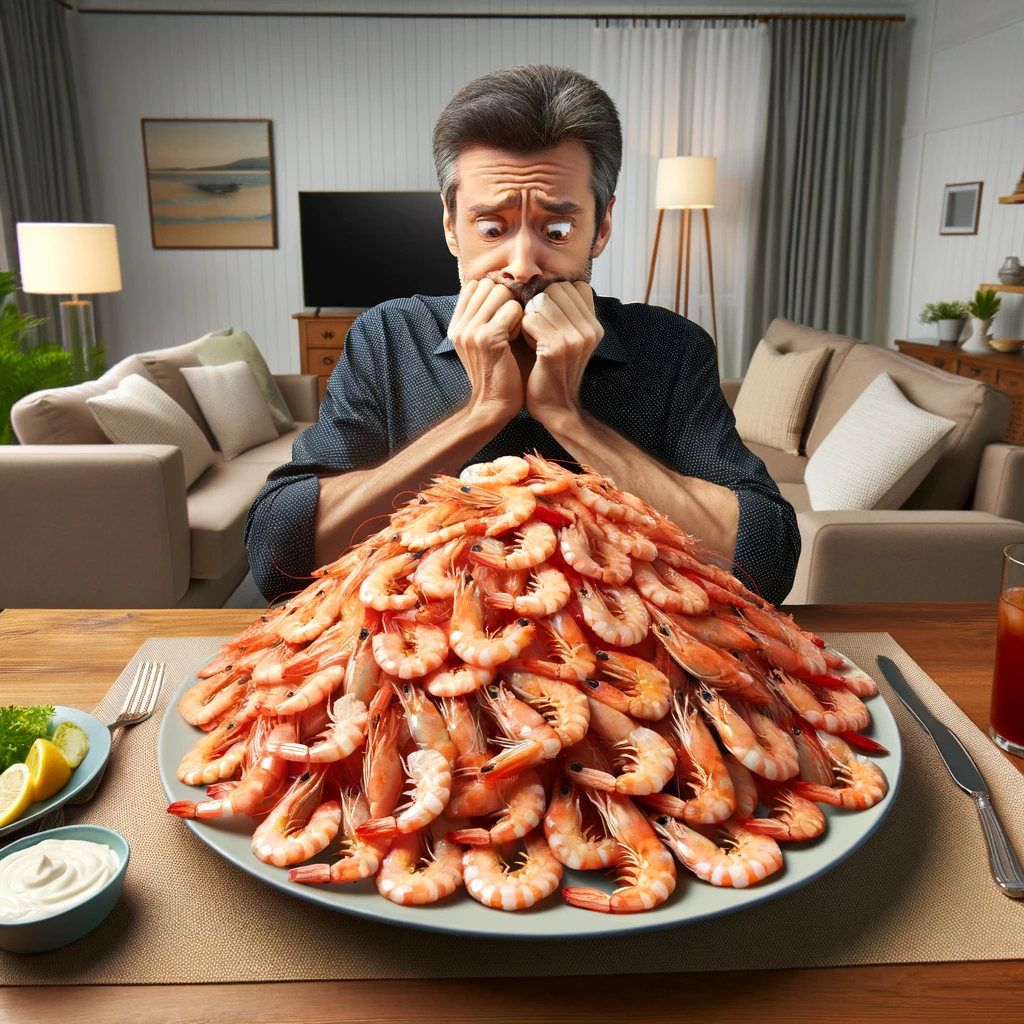Lessons for e-commerce in Red Lobster's "Endless Shrimp" fiasco
Table of contents

Let's meander into the world of marketing mishaps with Red Lobster's not-so-epic tales of "Endless Shrimp" and "Endless Crab Legs" promotions. Spoiler alert: it's a roller coaster of miscalculations and (never learned) valuable lessons! In fact, in 2003 (not a typo) Red Lobster's then president, Edna Morris, lost her job because she tried to boost the restaurant chain's profits with a "all you can eat crab deal" only to actually lose millions of dollars when she miscalculated what her costs would truly be (i.e., underestimating how often customers would refill their plates). Almost exactly 20 years later, Red Lobster made the same (yet again) mistake but - this time - losing millions with shrimp instead of crabs.
Lesson 1: Counting the Costs
So, Red Lobster got a bit too caught up in the "Endless" hype without considering the bills. In e-commerce, it's like forgetting to check the "total price line" your online shopping cart before hitting "buy." They missed out on the real costs, including the not-so-cool surprise party of stockouts. Moral of the story? Know your costs like you know your favorite meme – inside out.
From our co-founder's experience operating technology and supply chain for 20+ brands, it's very common for brands to not really understand their true costs and, even worse, to make rosy assumptions when making marketing, pricing and other top-line revenue decisions. Making decisions on top-line revenue without understanding your costs will inevitably result in reduced contribution margin - or even worse - a negative margin. It's great to make a sale but if you lose money with every sale, you won't be an operating e-commerce brand for long. So, understand your costs completely and continuously invest in improving your understanding of those costs.
Lesson 2: Warning Signs are not Red Lobster Specials
Reacting to market changes is like catching a wave – timing is everything. Red Lobster did adjust prices during the "Endless Shrimp" gig, but it was fashionably late. In e-commerce, it's crucial to be the cool surfer who catches the wave before it crashes. Keep an eye out for early signals – it's not just for Wi-Fi bars but also for your campaign's health.
Given the never-ending growth in the number and complexity of e-commerce platform fees, it's important that you bring all your brand's data together to fully understand cost and contribution margin. Having your data stove-piped in a dozen different (crappy) e-commerce tools isn't going to cut it. You need to unify all your data together to make intelligent decisions.
Lesson 3: Seafood Supply Chain Drama
Imagine marketing and the supply chain as BFFs. Well, Red Lobster didn't get that memo in 2003 (or in 2023 either)! They missed the low crab quota memo (which caused wholesale crab prices to skyrocket), and the "Endless Crab" fest turned into a real crabby situation. Lesson learned: marketing and supply chain need to have a cozy relationship, like fries and ketchup.
When our co-founders managed 20+ brands, it was common for marketing to run promotions on products that had low inventory, low margin, or complex supply chains. This would boost sales (yay top line revenue is higher) but then cause the product to hemorrhage money on the bottom-line (boo we are losing money with every sale) because inventory would be depleted (causing stockouts), margins would turn negative with every sale, or replenishment costs would be high because you'd need to pay a higher fee to expedite manufacturing and transport the product via plane instead of ship.
It was just as common for the reverse to happen: a reluctance by the brand to reduce price (boo margin will be lower) to increase sales velocity because the brand did not fully understand that aging stock was going to be hit with a higher storage cost (eating into the margin anyways). The lesson here is that you need your brand to understand the entire set of costs end-to-end and the interaction between different decisions to maximize your profit with every sale.
Lesson 4: Price It Right, Dance with Flexibility
Pricing strategies are like dance moves. Red Lobster had the moves, but they didn't dance to the beat of real-time data. E-commerce campaigns need rhythm and flexibility. Don't be that friend who refuses to change the playlist at a party. Be open to adjusting based on the latest hits, uh, data.
At symphonie, we're here to keep your e-commerce party rocking. Learn from Red Lobster's misadventures, embrace the chaos, and let's make some waves in the vast sea of online business. With real-time data and flexible technology for brands, we're hyper-focused on making every e-commerce brand into a success story. We're in stealth but feel free to connect and...